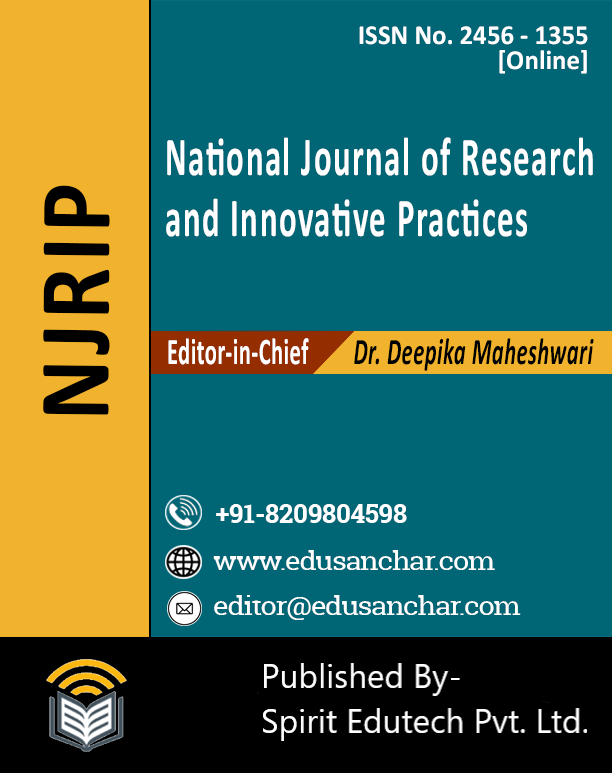
A Study on Comparison of National Pension Scheme 2004 with Other Retirement Pension Plans and Subscriber Views about NPS in Some Selected Enterprises with special reference to Kota district
Author Name :- Mr. Ankur Jain,Dr. Kapil Dev Sharma,
Journal type:- NJRIP-National Journal of Research and Innovative Practices
Research Field Area :- Department of Education ; Volume 3, Issue 1, No. of Pages: 10
Your Research Paper Id :- 20180100
Download Published File :- Click here
Abstraction :-
Keywords :-
National Pension Scheme, Rajasthan Government, PFRDA, Employees, Retirement
References :-
[1] Goswami Ranade, (2001) Indian Pension System: Problem and Prognosis. Indian Institute of Management , Banglore pp. 1-38.
[2] Ajay Shah. (2006) Indian pension reform: A sustainable and scalable approach. In David A. Kelly, Ramkishan S. Rajan, and Gillian H. L. Goh, editors, Managing globalization: Lessons from China and India, chapter 7. World Scientific.
[3] Mohanty, S.K.; F. Ram (2010): Life expectancy at birth among social and economic groups in India. IIPS Research Brief Number 13. IIPS, Mumbai.
[4] Dhirendra Swarup (2013), “The reform experience of India: widening coverage in a sustainable and equitable way”, Designing sustainable and equitable pension systems in Asia in the post crisis world, IMF.
[5] Dave Surendra (2006) Indian Pension Reform: A case study in complex Institutional Change. CMIE, Bombay.
[6] Shah, Ajay, (2000), Issues in Pension System Reform in India, Indira Gandhi Institute for Development Research, Mumbai, India.
[7] PFRDA (2005): Preliminary Draft Regulations (September 2005) Pension Fund Regulatory and Development Authority (Registration of Intermediaries) REGULATIONS, 200--.http://pfrda.org.in/indexmain.asp?linkid=60 (01/04/2011).
[8] PFRDA (2009): NPS Handbook. pfrda.org.in/ writereaddata /linkimages /Manua l% 20 Part _9990268420.pdf (22/03/2011).
[9] Swarup, D. (2008): Pension Reform in India – A Social Security Need. PFRDA, New Delhi. http://www.pfrda.org.in/indexmain.asp?linkid=177 (11/24/2010).
[10] Swarup, D. (2009): Tax treatment and lack of financial literacy may affect NPS.
[11] Indian Express (23/02/2009). http://www.indianexpress.com/news/taxtreatment- and lack of financial literacy may affect nps /426896/1 (01/04/2011).
Websites-
[1] www.google.com
[2] http://www.wikipedia.com/pension.
[3] http://www.pfrda.org
[4] http://www.nsdl-crd.com
[5] http://businesstoday.intoday.in/story/national-pension-system-benefits-for-employeesemployers/1/190171.html


